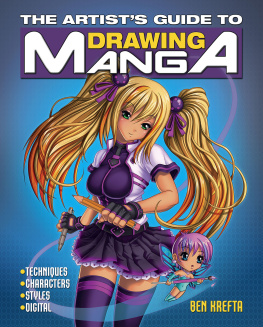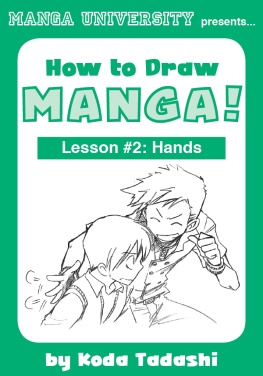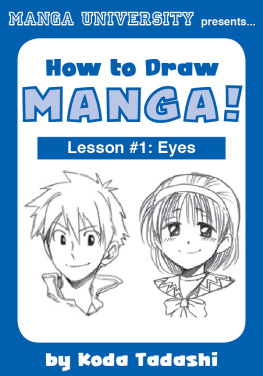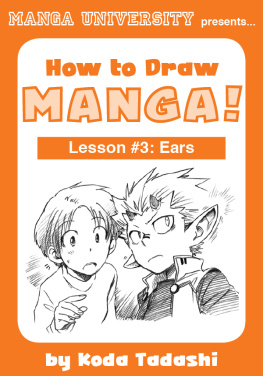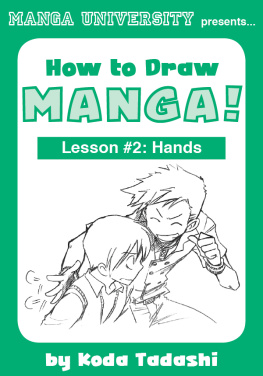Jeannie Lee - Drawing Manga
Here you can read online Jeannie Lee - Drawing Manga full text of the book (entire story) in english for free. Download pdf and epub, get meaning, cover and reviews about this ebook. year: 2019, publisher: Walter Foster Publishing, genre: Home and family. Description of the work, (preface) as well as reviews are available. Best literature library LitArk.com created for fans of good reading and offers a wide selection of genres:
Romance novel
Science fiction
Adventure
Detective
Science
History
Home and family
Prose
Art
Politics
Computer
Non-fiction
Religion
Business
Children
Humor
Choose a favorite category and find really read worthwhile books. Enjoy immersion in the world of imagination, feel the emotions of the characters or learn something new for yourself, make an fascinating discovery.

- Book:Drawing Manga
- Author:
- Publisher:Walter Foster Publishing
- Genre:
- Year:2019
- Rating:4 / 5
- Favourites:Add to favourites
- Your mark:
- 80
- 1
- 2
- 3
- 4
- 5
Drawing Manga: summary, description and annotation
We offer to read an annotation, description, summary or preface (depends on what the author of the book "Drawing Manga" wrote himself). If you haven't found the necessary information about the book — write in the comments, we will try to find it.
Drawing Manga — read online for free the complete book (whole text) full work
Below is the text of the book, divided by pages. System saving the place of the last page read, allows you to conveniently read the book "Drawing Manga" online for free, without having to search again every time where you left off. Put a bookmark, and you can go to the page where you finished reading at any time.
Font size:
Interval:
Bookmark:
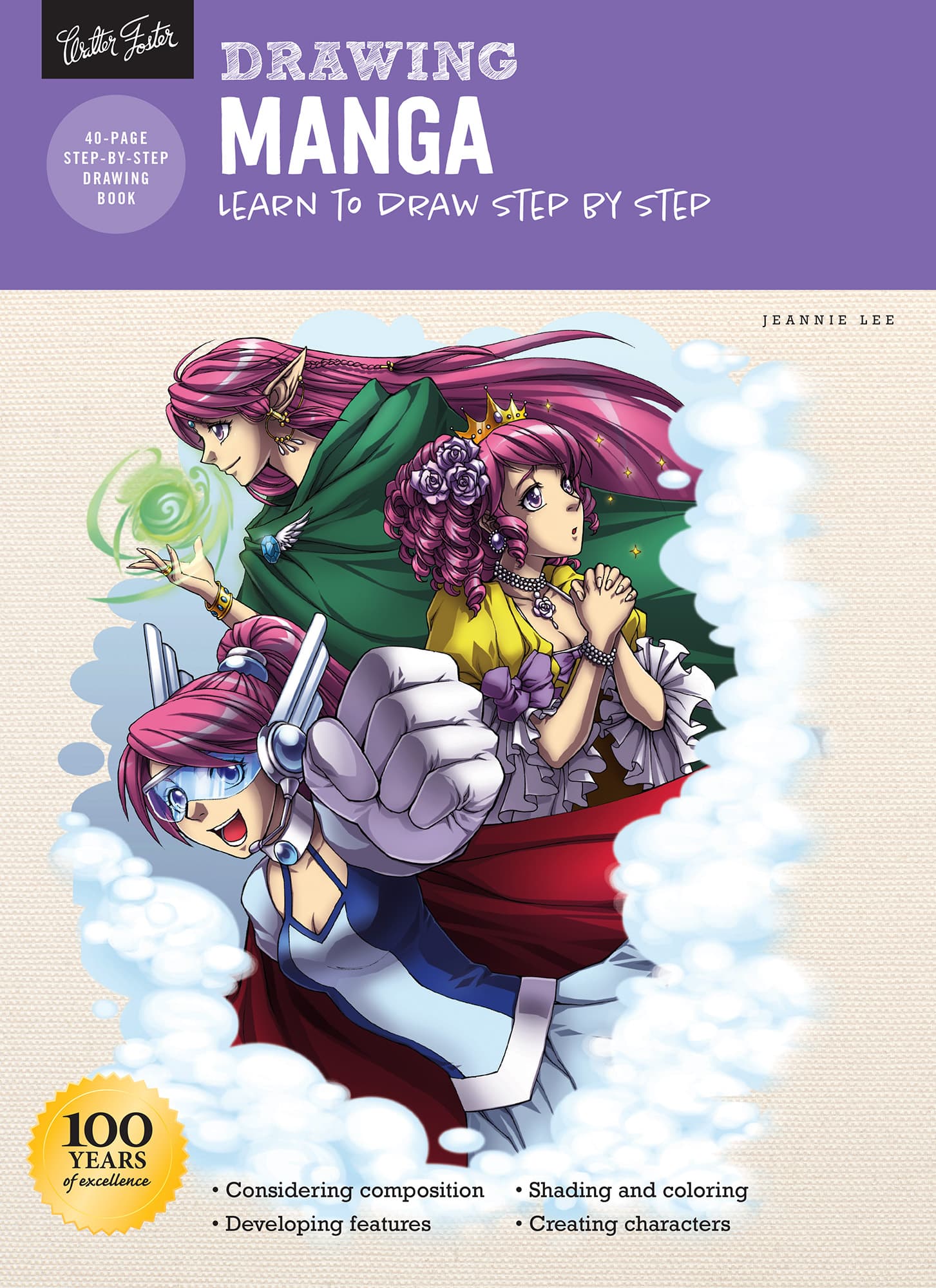


Author Jeannie Lee always had an affinity for comics and cartoonsshe grew up with Korean comics (man-hwa) as a child and was a devoted Disney fan. When she first discovered Japanese manga and anime, however, she knew she was hooked for life. Jeannie started drawing at a very young age, and her supportive parents found a talented local contemporary Western artist by the name of Ji Young Oh, who took Jeannie under her wing. Jeannie considers Ms. Oh to be the most important artistic influence in her life. Her education also included two years of studying traditional character animation at California Institute of the Arts; from this education spawned interests in Flash animation and working with vectors. Jeannie considers herself fortunate to be able to indulge in many types of artistic expression and plans to continuously increase her skill set in the years to come. Jeannie has worked for Gaia Interactive, Marvel Entertainment, Inc., TOKYOPOP, and UDON Entertainment. When she isnt working, she indulges in various crafts and hobbies, such as knitting.
Manga is the Japanese word for comics, which literally translates to whimsical pictures. It is generally used to describe comics that are made in Japan, but it is also loosely used to describe comics that resemble Japanese comics, even though they are not created in Japan. The four major types of manga are shnen, shjo, seinen, and jsei. Shnen, or boys manga, is action-packed and usually includes sports, science fiction, or fantasy elements. Dealing with romance, comedy, and coming-of-age drama, shjo manga is aimed at junior high school and high school-aged girls. Adult male audiences read seinen manga, which offers business and crime stories, as well as historical and military dramas. And for young and middle-aged women, jsei manga focuses on career, family, and romantic dramas. There are also manga for food enthusiasts, gamers, and other hobbyists.
Most manga is produced in Japan and translated for overseas audiences, but original manga and manga-influenced works can increasingly be found in Korea, China, France, and America as well. Discover the art of manga with the instruction in this book, produce your own manga, and become a part of the growing global manga community!
Tip

In Japan, a mangaka, or manga author, has assistants who help with details, backgrounds, and screentone. Most manga artists start off as assistants before attaining full mangaka status, but it is possible to gain recognition through contests and skip the apprenticeship stage. You too can become a mangaka!
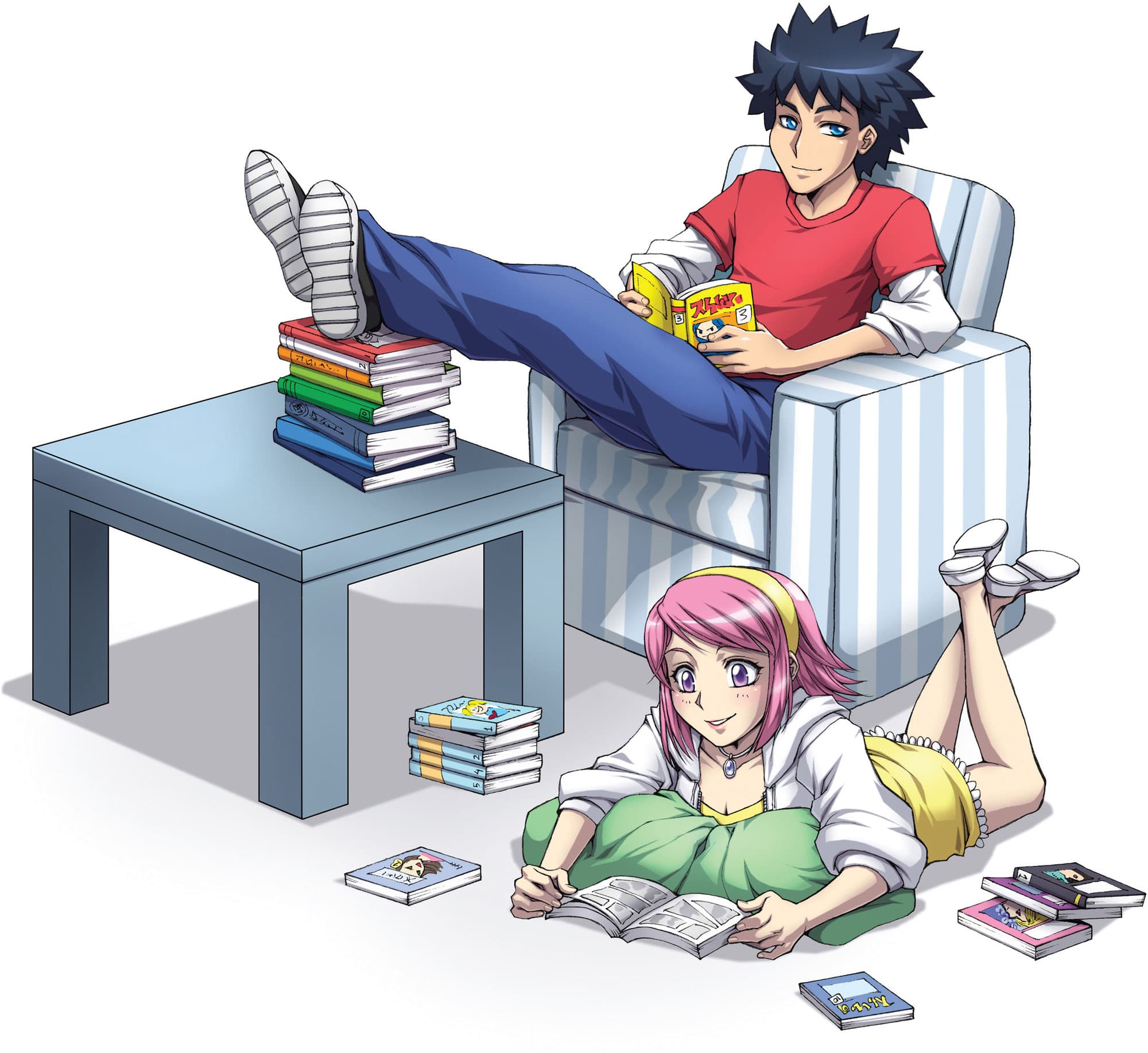
Here are the basic materials youll need to begin creating your own manga.
An HB pencil is great for beginners, but you may also want to try out the other lead types, which vary in hardness and value. Try a non-photo blue colored pencil for initial sketches and be sure to keep your pencils sharp. Use a rubber eraser to clean up mistakes and unneeded pencil lines.
Use an ink pen if you want to ink your drawings. You can also experiment with different types of pens, such as dip, brush, and ballpoint pens for different effects. It is recommended to use waterproof ink for more permanent results.
To draw borders and straight lines, use a standard 12 ruler. Consider purchasing a triangle ruler, protractor, or stencils for various types of lines and curves. When inking, use a ruler with an inking edge for cleaner drawings.
Color your drawings with markers, colored pencils, or digital coloring.

Use a sketchbook to thumbnail your ideas and start recording your own manga chronicles. It may also help to use comic layout paper with pre-printed borders. For more finished drawings, use a heavier white paper with a smooth finish, such as Bristol board.
You may want to purchase pre-printed screentone patterns to add texture and shading to your artwork. Cut out the screentone, peel off the protective backing, and place the screentone on your drawing. Next, adhere it to the paper by firmly rubbing with a burnisher. Remove excess screentone with a screentone eraser.
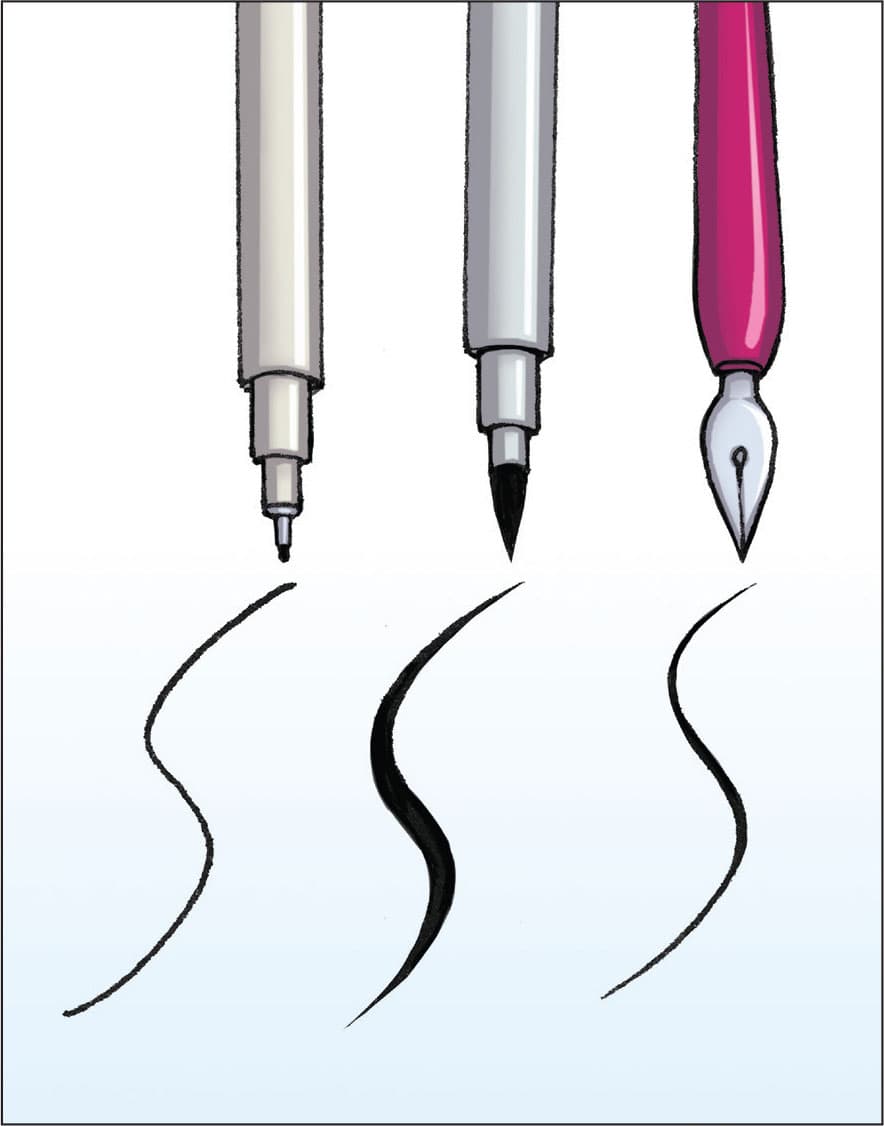
Using Different Pens Use a fine-tipped pen for smooth, consistent lines. To emphasize elements in an image, go over them with a bold brush pen. Dip pens are fun because you can create a wide variety of line widths with just one tip, depending on pressure, or how hard you push down as you draw.
Inking Edges
An inking edge provides a gap between the ruler and paper, preventing ink from bleeding into the paper. If you cant find beveled rulers with inking edges, make your own by taping pennies to the bottom of your ruler.
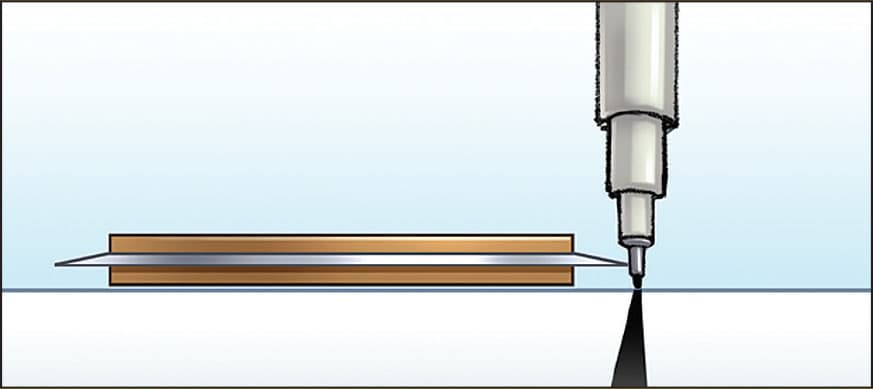
Raised beveled ruler
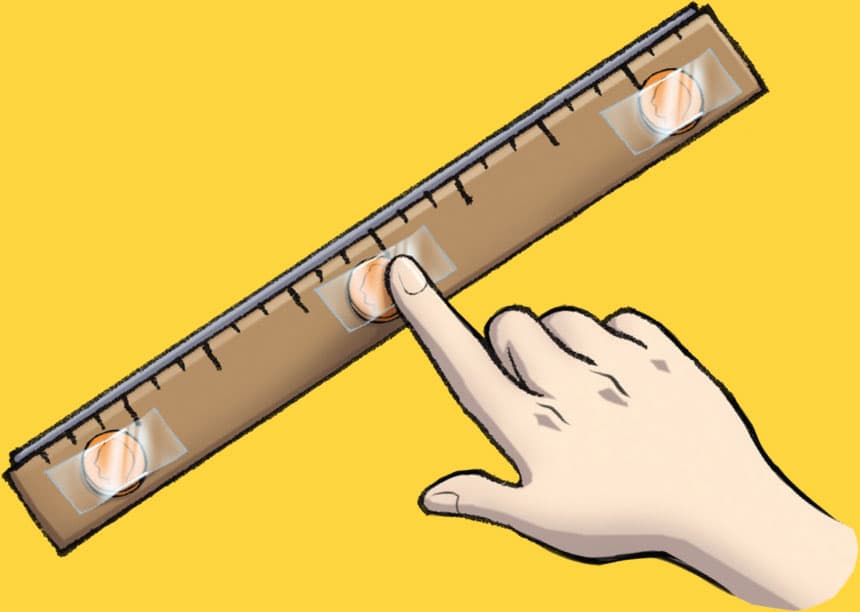
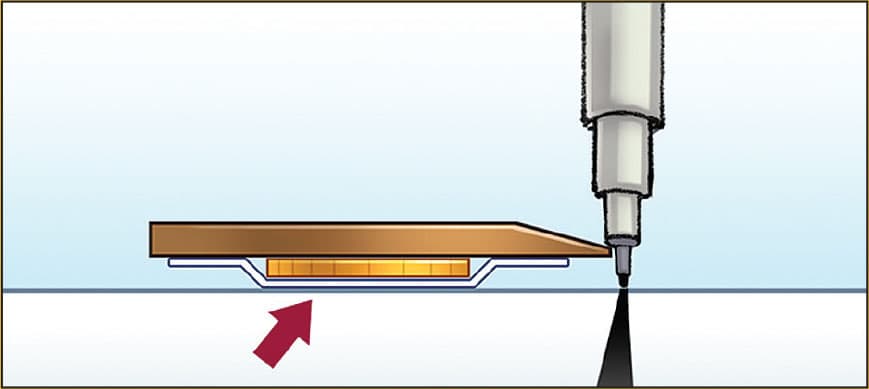
Creating your own beveled ruler
Before drawing anything, an artist must first understand the basics. Any imagefrom a photograph of a live model to a character out of your favorite mangacan be deconstructed, or broken down into a series of basic shapes and lines that make up the overall form. Use basic shapes, such as circles, squares, and cylinders, to create your characters form. Breaking down complex drawings to basic shapes helps artists understand why certain shapes and forms move the way they do. It also helps to easily identify areas that need correction when it comes to proportion, or foreshortening, which can be complex. However, dont get caught up in the details; the idea is to learn how to build a figure from the bottom up, one step at a time.
Step 1
Start with a basic skeletal structure. Identify the head and joints with circles, and major body parts with lines that establish the pose. Height and proportion should be established at this point.

Font size:
Interval:
Bookmark:
Similar books «Drawing Manga»
Look at similar books to Drawing Manga. We have selected literature similar in name and meaning in the hope of providing readers with more options to find new, interesting, not yet read works.
Discussion, reviews of the book Drawing Manga and just readers' own opinions. Leave your comments, write what you think about the work, its meaning or the main characters. Specify what exactly you liked and what you didn't like, and why you think so.


